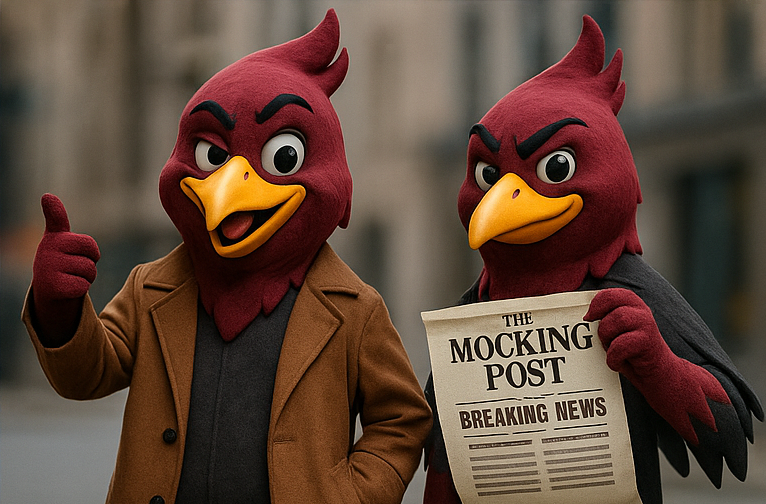Naming a Product Isn’t Branding — It’s UX

Most people think naming is a marketing move. We think it’s a usability one.
Because the first moment of user interaction isn’t the onboarding. It’s the name.
The name is the handshake. The preview. The signal that says “this is what I do, and this is who I’m for.”
At Foundric, we’ve named satire platforms, emotional wellness brands, and mobile apps with entirely different user intents. But the rules stay the same:
A good name:
- Reduces mental friction
- Sets accurate expectations
- Creates an emotional tone (even subtly)
- Fits in the product’s voice
A bad name forces the user to think harder — or worse, makes them feel nothing.
We avoid names that:
- Overpromise something the product doesn’t do
- Sound like every other startup in the space
- Require explanation to make sense
Instead, we look for names that work like UX:
- Are they intuitive?
- Do they spark curiosity but still clarify?
- Do they give the user a sense of what happens inside?
Sometimes a product doesn’t need a brand — it needs a great label.
One example from our own portfolio is The Mocking Post. It may sound brand-forward at first, but it’s grounded in usability principles:
- “Mocking” tells you it’s satire.
- “Post” tells you it’s a publication.
- Together, it signals voice, tone, and intent in three syllables.
Even names that lean brand-first can succeed when they reduce friction and increase clarity. Clarity doesn’t always mean literal. Sometimes it just means obvious.
Not every name needs to be clever or poetic. But it should never be a throwaway. Because how you name something is how someone understands it. And in the earliest stages of product trust, clarity beats creativity.
At Foundric, we name for usability. Branding comes later.






